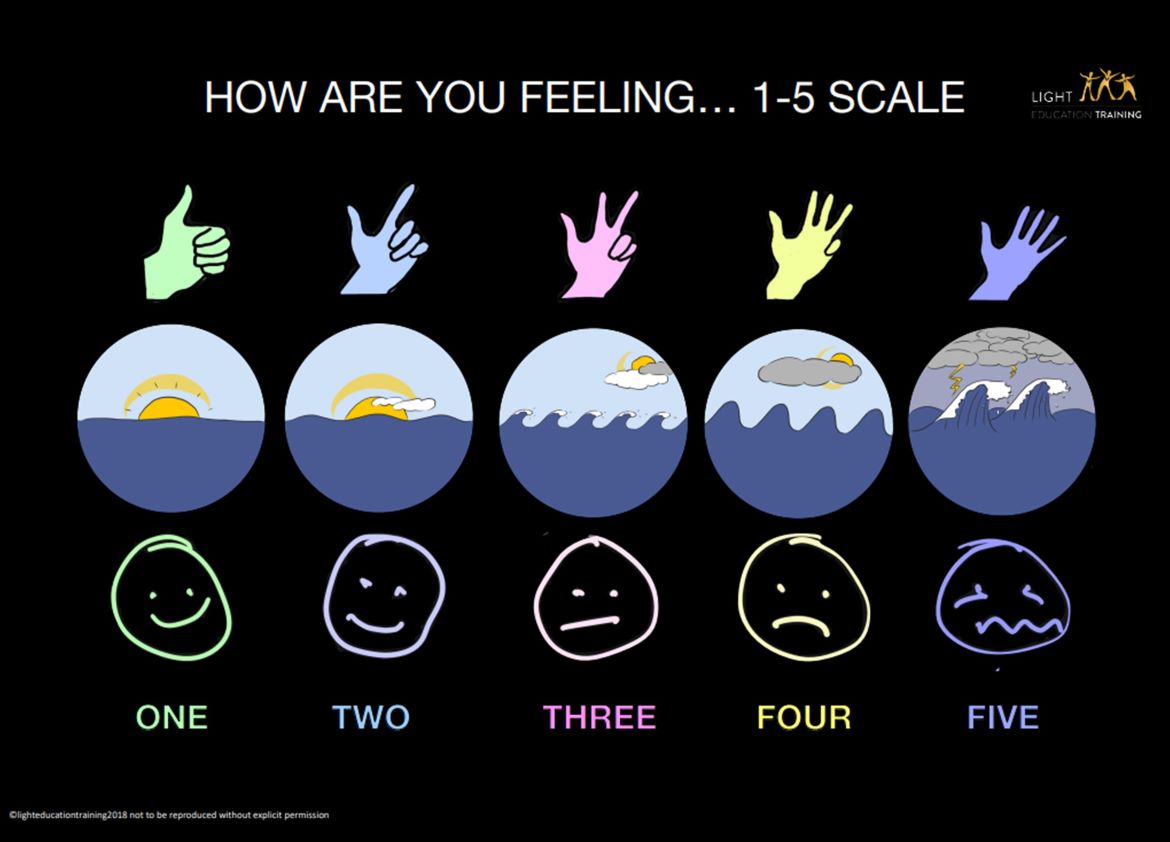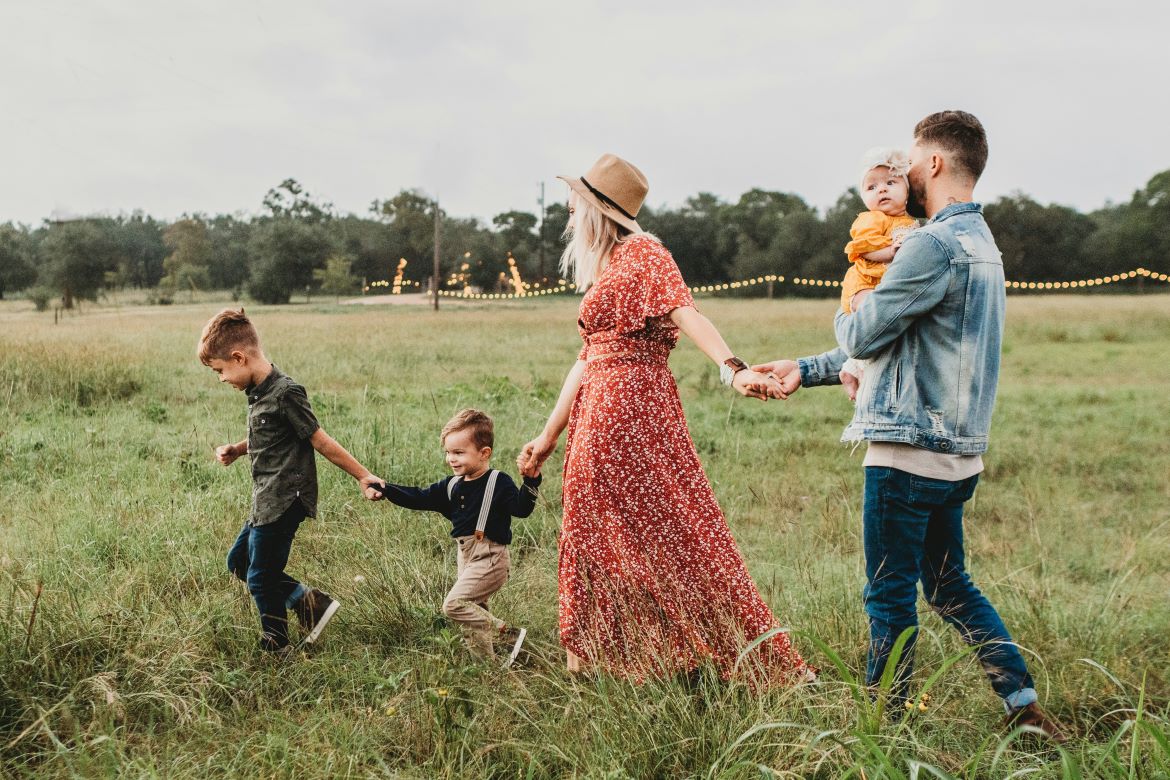Everyone is feeling stressed and anxious in a way that is right ‘up there’ these days. It has been a rough few years and as we all let go of the Covid fear, all the suppressed anxiety is surfacing and our kids (and us) are feeling it big time.
How can we help them feel more settled within themselves and how do we help them know we are there for them and want to know how they are doing, and, most importantly, have real tools to actually reduce the anxiety?
Vanessa McHardy, an Integrative Child Psychotherapist UKCP registered with 22 years’ experience, has been developing mental health and wellbeing programmes for the last decade.
She developed the 1-5 How are You Feeling? scale in 2016 after being asked by her Head Teacher to work with a year 5 class that needed more support in dealing with feelings – wanting a fix to the constant emotional barrage that happened like clockwork at lunchtimes and breaks. At the time, Vanessa had been working with a great scale from her colleague in Australia, Tanya Curtis from Fabic, which was a code blue to code red scale, focusing on what was happening to the body as you went up the scale, and what was the outside stimulus that you were having trouble with. This worked great one to one, but Vanessa quickly realised that she could not get a class of 30 children to tell her where they were at with colour.

Then she thought, we have our hands, so let’s use them!
How does it work? On entry to the class, the children were asked where they were on the 1-5 How are You Feeling? scale – 1 being great through to 5 having very big feelings. They then did a gentle breathing exercise and were asked again where they were on the scale. If they were still at a 5, then there were clear options defined to choose from to get help. The class were involved in developing the system and we think this is why it has been such a great success, proved by it’s continued use by the teachers and children. It works because it is simple and non verbal, so it is fully inclusive of all. We developed posters and visuals to help remind what each number represented, and, most importantly, gave the space once a week to draw out how they were feeling in gingerbread person outlines.
Vanessa quickly saw how beneficial this system was and took it to her private psychotherapy practice. Then it was time to take the communication system to families.
When a friend asked for help with her child, this wasn’t possible due to the therapy code of ethics, but they could do the work she did in schools as a programme. And this is when the real magic happened. Working with families when they are learning together is incredible. There is an equilibrium that does not happen usually where the children and the parents are learning at the same time. Not many parents know about the neuroscience of their reactions, or, more importantly, know how to learn to respond. That is another programme but the family communication programme focusses on going through each of the 1-5 feelings in detail.











